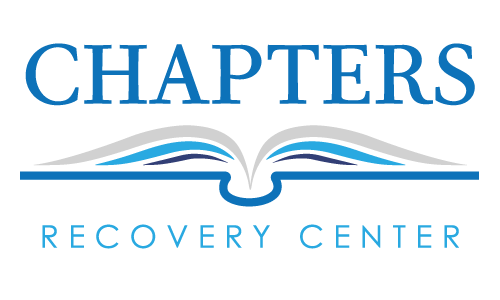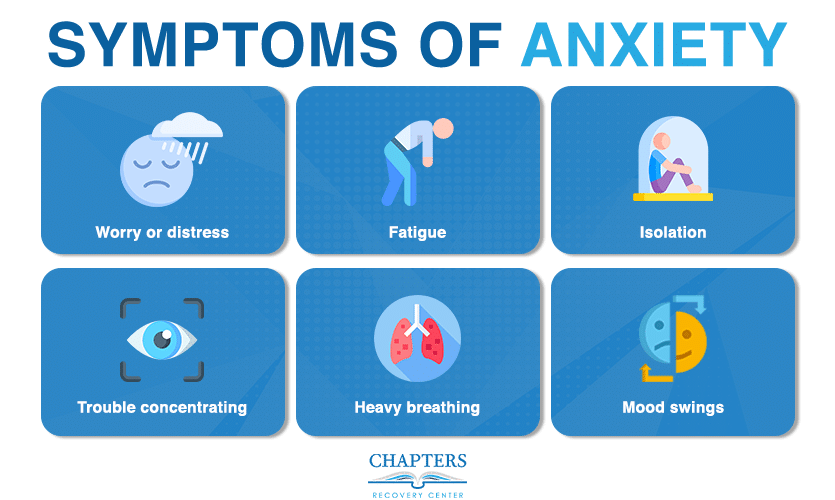Step 3 of Alcoholics Anonymous (AA) is a pivotal moment in the journey towards recovery. This marks a significant shift in mindset and approach in recovery. This step involves making a conscious decision to turn one’s will and life over to the care of a higher power, as understood by the individual. It’s about surrendering control and trusting in a greater force to guide the path to sobriety. This act of surrender is often challenging but essential. It representing a deep commitment to personal transformation and healing in the recovery process.
Embracing the Journey: AA’s Steps to Recovery
A Recap of Steps 1 and 2
Step 1: Acknowledging Powerlessness – The first step in AA’s 12-step program involves admitting the lack of control over alcohol use. It sets the foundation for recovery by acknowledging the need for change.
Step 2: Belief in a Higher Power – This step focuses on the recognition that a power greater than oneself can restore sanity. It’s about opening up to the possibility of external help in overcoming addiction.
Transitioning to Step 3
As we proceed to Step 3, it’s crucial to reflect on how the acceptance of powerlessness and belief in a higher power pave the way for further progress. Step 3, often seen as a turning point in the recovery process, involves a deeper level of spiritual and emotional commitment.
Building Resilience Through Step 3
Personal Reflection and Decision
Step 3 marks a period of introspection and decision-making. Here, individuals reflect on their past efforts to control their addiction and consider how turning to a higher power might offer a new path to recovery. This step is about making a conscious, deliberate decision to change one’s approach to overcoming addiction.
The Impact of Surrender
The act of surrendering one’s will and life to a higher power is transformative. It can lead to a sense of peace, reduce the burden of addiction, and open the door to new coping strategies. This surrender doesn’t mean passivity; rather, it’s an active engagement in a new way of living that embraces guidance and support from a higher power.
Step 3 in Daily Practice
Incorporating Step 3 into everyday life involves continual reaffirmation of one’s commitment to trust in a higher power. It means making choices that align with this commitment and seeking strength and guidance in moments of doubt or temptation.
The Role of AA Meetings and Community
Engaging with the AA community and attending meetings can reinforce the principles of Step 3. Sharing experiences and listening to others who are on the same journey can provide support and deepen the understanding and practice of this step.
Step 3, Day to Day Help
Incorporating Step 3 of AA as a daily practice involves a continuous, conscious effort to turn one’s will and decisions over to a higher power. This is challenging, as it requires constantly reminding oneself to let go of the urge to control outcomes, especially in difficult situations. Here are some tips to help make this a daily practice:
- Morning Reflections: Start each day with a moment of reflection, reaffirming your decision to trust in your higher power for guidance throughout the day.
- Mindfulness: Practice mindfulness to stay aware of moments when you’re trying to assert control, and consciously choose to rely on your higher power instead.
- Use of Affirmations: Regularly repeat affirmations or mantras that reinforce your commitment to Step 3, helping to realign your thoughts and actions.
- Journaling: Keeping a journal can help track progress, struggles, and moments when turning over control was particularly challenging or rewarding.
- Seek Guidance: When faced with decisions, big or small, pause to seek guidance from your higher power, even if it’s just a moment of silent contemplation.
- AA Meetings and Sponsorship: Regularly attend AA meetings and engage with your sponsor. Sharing experiences and listening to others can provide practical insights on how to implement this step.
- Gratitude Practice: Focus on gratitude. Acknowledging the positive changes since embracing Step 3 can reinforce your commitment to it.
Remember, turning over your will in every decision is a gradual process that improves with practice and time. Patience and perseverance are key.
Going Deeper, More Techniques to Practice
Going deeper into making Step 3 of AA a daily practice involves a more profound understanding and commitment. It’s not just about occasional reminders, but about fundamentally altering one’s approach to life and decision-making. Here are some in-depth strategies:
- Develop a Daily Ritual: Create a daily ritual that centers around Step 3. This could be a morning meditation, prayer, or reading that focuses on surrender and trust in a higher power.
- Constant Self-Reminders: Carry tokens or set up reminders throughout the day that prompt you to remember your commitment to Step 3. These can act as cues to turn over control whenever you face stress or decision-making moments.
- Reflective Exercises: Engage in reflective exercises like meditation or deep contemplation where you actively consider areas of your life where you need to let go of control and trust in your higher power.
- Counseling or Therapy: Professional counseling or therapy can provide deeper insights into personal patterns of control and how to effectively surrender these in daily life.
- Community Engagement: Actively participate in community or group activities that are aligned with the principles of Step 3. Being around others who are walking the same path can provide support and motivation.
- Educational Resources: Dive into books, podcasts, or other resources that explore the themes of surrender, trust, and spirituality. Learning from others’ experiences and perspectives can provide new strategies and insights.
- Feedback and Reflection: Regularly seek feedback from trusted individuals in your support network and reflect on their insights. This can help identify areas where you might unknowingly be resisting surrender.
Remember, integrating Step 3 into every aspect of life is a journey that requires ongoing effort and dedication. It’s about a gradual shift in perspective and behavior, leading to a more serene and balanced approach to life’s challenges.
EMBRACING THE STEPS TO RECOVERY
At Chapters Recovery Center, we encourage embracing all steps to recovery as part of a comprehensive approach to overcoming addiction, offering a path to not just sobriety, but also to inner peace and personal growth.








